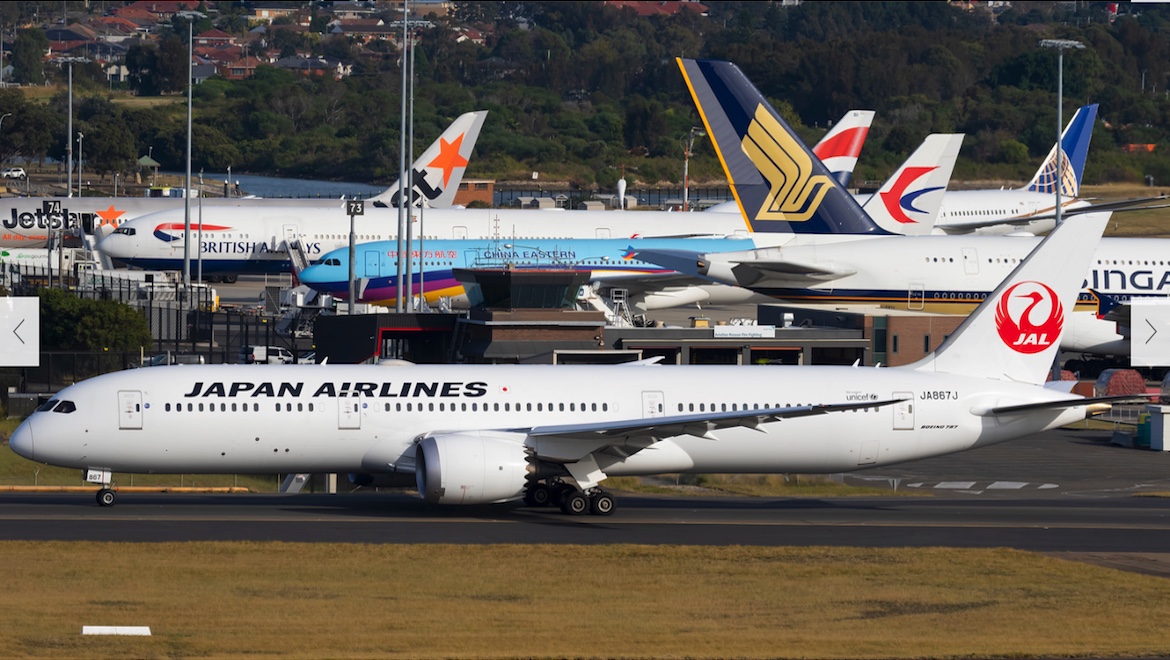
While demand for air travel rose in May, there are signs the aviation industry faces difficult times ahead, figures from International Air Transport Association (IATA) show.
IATA’s latest traffic figures showed demand, measured by revenue passenger kilometres (RPK), was up 4.5 per cent in May, compared with the prior corresponding period.
The result was broadly in line with April’s 4.4 per cent increase in RPKs and above the recent low of 3.1 per cent growth recorded in March. However, it was below the 20-year growth rate of about 5.5 per cent.
“Passenger demand growth has slowed compared to the past two years,” IATA chief executive and director general Alexandre de Juniac said in a statement on Thursday (European time).
“This is in line with slumping global trade, rising trade tensions and weakening business confidence.”
“In this challenging environment, airlines are managing capacity carefully in order to optimise efficiency.”
IATA said passenger capacity, measured by available seat kilometres, rose 2.7 per cent in May, compared with the prior corresponding period.
With demand increasing faster than capacity, load factors, an industry measure of how full flights are, rose 1.4 percentage points to 81.5 per cent, surpassing last year’s record load factor of 80.1 per cent.
IATA’s monthly traffic report noted that the global Composite Purchasing Managers Index (PMI), an indicator of the prevailing direction of economic trends in the manufacturing and services sector and a proven reliable indicator of air passenger demand, had eased to a level not seen since 2016.
“At its current level, the PMI suggests that RPK growth may moderate further over the near term,” the IATA report said.
Also, de Juniac noted airlines in recent weeks have had to cope with “extensive airspace closures owing to political tensions”.
“These closures have contributed to longer and less efficient routings, higher operating costs and increased carbon emissions,” de Juniac said.
“Without any compromise on safety, it is vital that governments work to minimise airspace closures so that the ‘business of freedom’ could continue to deliver its benefits as efficiently as possible.”
On the domestic front, the IATA figures showed Australia’s passenger traffic growth had yet to sparkle this year with a soft 1.1 per cent increase in RPKs in May, up from 0.9 per cent year-on-year growth in April.
Because Australian carriers had increased capacity at a modest rate to match demand they had kept the load factor broadly steady over the past year, IATA said.
May traffic growth was in line with revised April traffic growth of 4.4 per cent and above the recent 3.1 per cent year-on-year growth recorded in March.
In the international front, the IATA report said Asia Pacific airlines grew RPKs four per cent in May compared with the year-ago period, while capacity increased three per cent and load factors edged up 0.8 percentage point to 78.6 per cent.
“This is the second consecutive monthly increase in demand, but it still represents a soft outcome in a region that regularly saw double-digit growth rates over the past few years,” IATA said in its analysis, noting US-China trade tensions continued to weigh upon growth in the region.
All regions recorded growth in international demand, with Latin America leading the charge with a 6.7 per cent improvement in RPKs despite a difficult economic climate in some countries in the region, IATA said.
The weakest region was the Middle East, where RPKs grew 0.8 per cent amid a 6.1 per cent reduction capacity. Load factors improved five percentage points to 73 per cent.
“This partly reflects the impact of the structural changes that are underway in the industry in the region,” IATA said.
In June, IATA downgraded its profit forecasts for the airline industry in response to trade tensions, rising fuel prices and slumping cargo markets.










